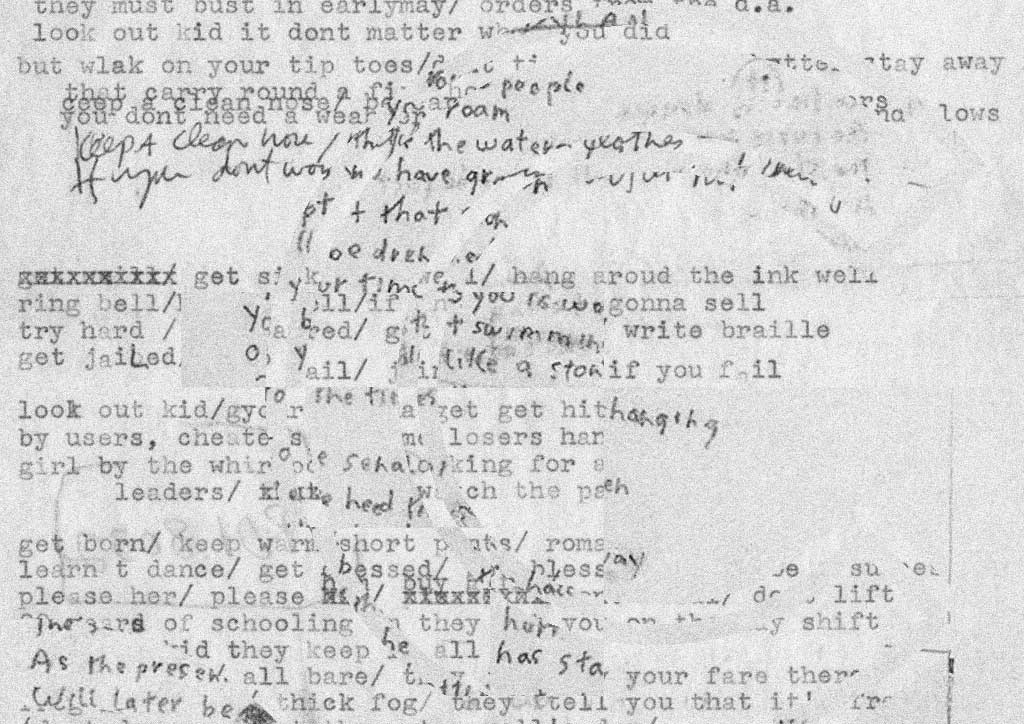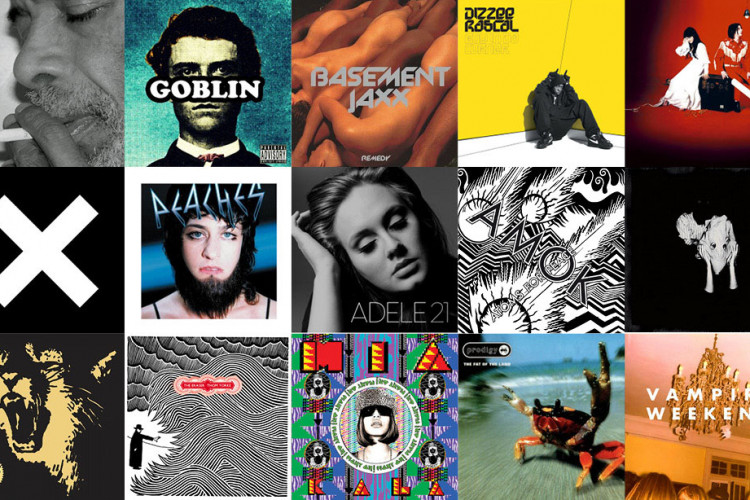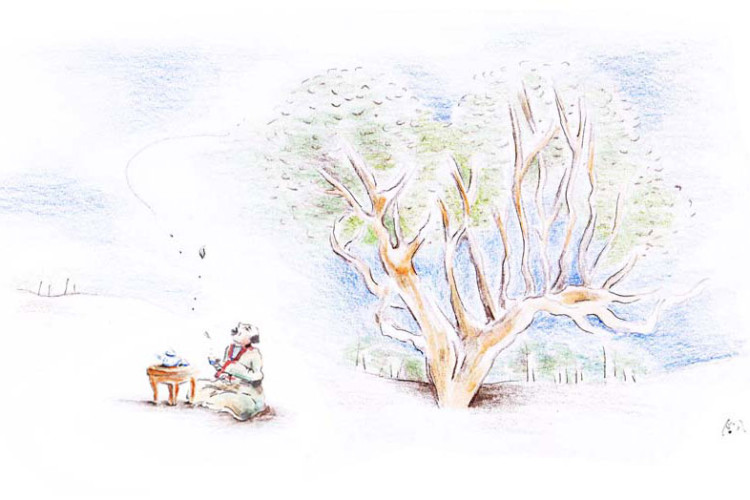
Lyrics are an essential part of much of the music made today. As I have talked about in my previous Column, music direct listeners to perceive certain feelings/emotions. Lyrics can further specify the direction and give either a more concrete meaning to a song.
Firstly, when talking about lyrics, we need to address the human voice. The sound of the human voice is relatable to our ears. The voice, coupled with pronunciation (regardless of whether or not we understand the language) is familiar and, as it is a basic means for human communication, we perhaps associate the sound of the human voice in songs as being communicative – even if the song doesn’t have lyrics. We all have vocal chords and are able to communicate phrases, making a song with vocals have the ability to be mimicked in and sung along with relatively ease and close approximation. Although one can emulate with the voice and often do, music instruments are tools whose mastery is learned. In short, the human voice in music is relatable because it is an instrument that we all have.
Before speaking of content, we should talk about pronunciation. Although we all have a voice, we don’t all speak the same language (duh!). Different languages have different intonations and rhythms, and even when singing stretches syllables, the rhythm of words and sentence have percussive qualities. The best example of this can be found in hiphop, where the delivery of verses accentuates the rhythm of language. Different languages create different interesting ‘flows,’ and it is a lot of fun learning how artists from different parts of the world approach music.
Content isn’t necessarily the heart of music with vocals, but it certainly add depth, a new layer even, to a song. As I mentioned in my previous Column, different harmonies can express and evoke emotional associations, such as relating major harmonies with happiness and minor with sadness. The spectrum of lyrical content will generally be between the two extremes of enforcing the mood of the song and being contrary to the music’s direction.
This ability to insert ideas into music is fascinating. Think about it, even if lyrics are sung or rapped, the meaning of lyrics are interpreted, and meanings are independent of sound. This isn’t to say that lyrical ideas aren’t musical; they can be an identity of a song just as much as the instruments; but its ability to communicate thoughts, particularly specific ideas, is certainly interesting to think about (when you have a lot of time on your hands).
Take for example, the chorus of C’Mon Lennon’s “Aku Cinta J.A.K.A.R.T.A” (I Love Jakarta), where the guitar riff is almost synonymous to the lyrics in rhythm and harmony. If you focus on the guitar, it certainly has an energetic and cool-in-a-rock-and-roll-way feel to it, but its association with the love of Jakarta is thanks to the lyrics. Without lyrics, it would still be a great riff that can make you feel ‘amped up,’ but with the vocals it takes on a specific meaning, one that will always be associated with this classic song.
The lyrical content of a song can enforce the feeling the music emotes. Singing lyrics of joy and happiness in a song filled with major harmonies or of heartbreak in minor harmonies. This enforcement make the music and lyrics more powerful, creating a dramatic impact upon listening. Let’s use “Climb Ev’ry Mountain” in Rodger and Hammerstein’s Sound of Music as an example. In the musical, the protagonist Maria Rainer, who wanted to become a nun, fell in love with Georg Von Trap, the patriarch of a family she became governess to. Confused by her feelings for Georg and her promised devotion to the convent, Maria went to her Abbey to take her monastic vows with Mother Abbess. Mother Abbess, sees Maria’s sudden vow as an escape from her true feelings, tells Maria to return to the von Trap’s home to find out if she and Georg indeed loved each other, and if they did, follow their hearts.
Mother Abbess then breaks into the song “Climb Ev’ry Mountain,” a song about discovery and following one’s dream. The music exudes a feeling of hope from beginning to end. The bulk of the music slowly builds with happy and at times uncertain themes and concludes in a dramatic major chord, as this musical experience of hopeful searching will surely end in a rewarding happiness. The lyrics certainly mirrors the musical experience, beginning with “climb every mountain, search high and low, follow every by way, every path you know” and concluding its main theme with a triumphant “Climb every mountain, ford every stream, follow every rainbow ‘til you find your dream!” echoing the feelings the music give.
When the meaning of lyrics are contrary to the music, there can often be a feeling of satisfying irony. The juxtaposition between two seemingly opposite subjects is intriguing, making us feel the music (including the rhythm and melodies of the vocals) and lyrical content as of they are two separate entities, which of course, they are not. I experienced this feeling when listening to Paul Simon’s “You can Call Me Al.” The African influenced song seems joyous at first listen with its upbeat tempo, catchy wind instrument sections and groovy rhythm. When listening to the lyrics, I found that they were rather depressing, with the subject of frustrations and hopelessness taking center stage.
Some of the lyrics in Paul Simon’s “You can Call Me Al” that stand out are the first verse’s “Why am I soft in the middle, the rest of my life is so hard, I need a photo-opportunity, I want a shot at redemption, don’t want to end up a cartoon in a cartoon graveyard” and the second verse’s “A man walks down the street, he says why am I short of attention, got a short little span of attention, and my nights are so long, where’s my wife and family, what if I die here.” The juxtaposition makes you want to listen more to the music, and what can be first interpreted, as a jovial song has now become one of a happiness in sadness thanks to the lyrics.
Lyrics and their recital are wonderful to listen to from a musical and content-standpoint. They can create powerful dramatic moments, and can an extra layer of meanings to the music. Enjoy listening to music and lyrics.











